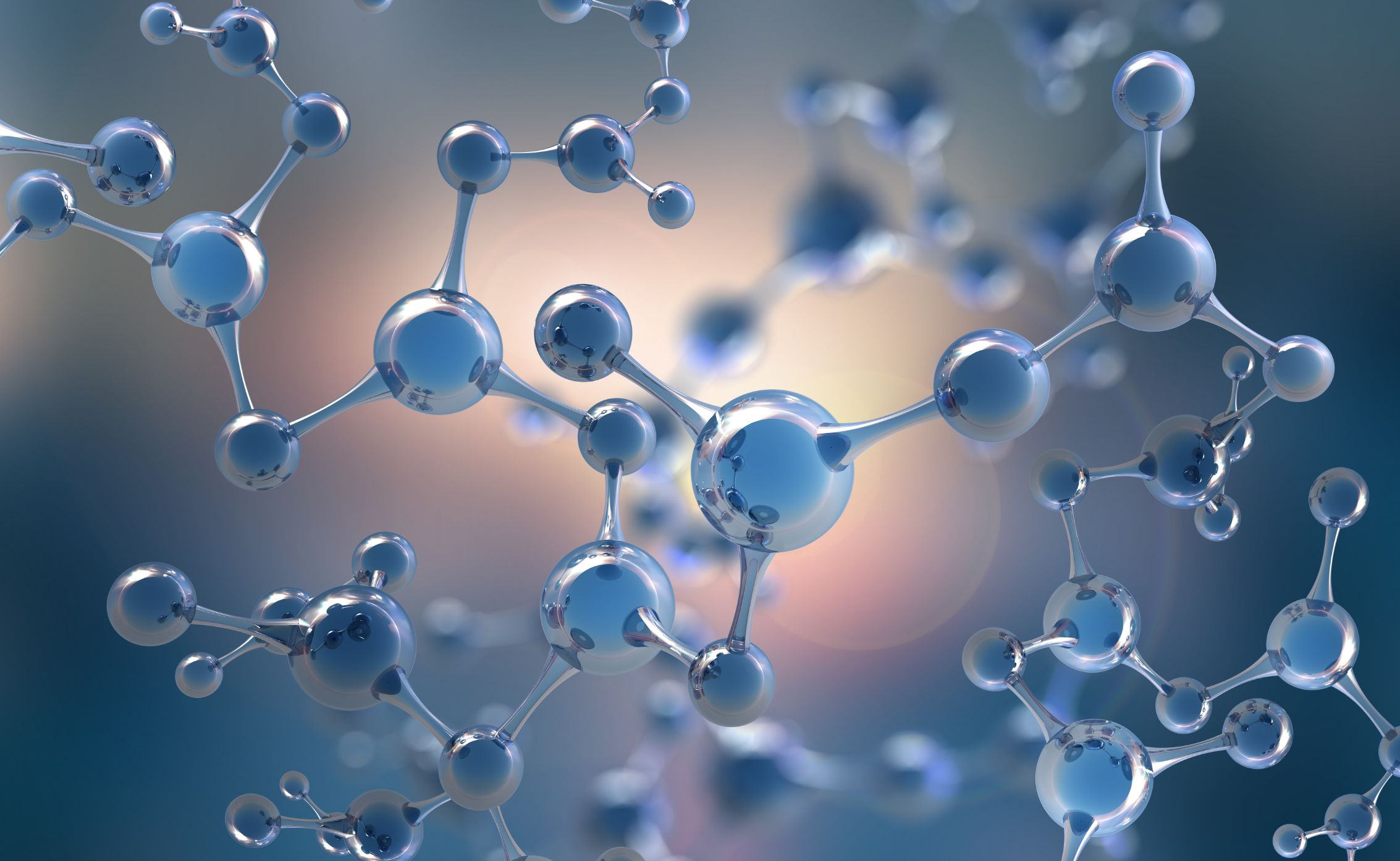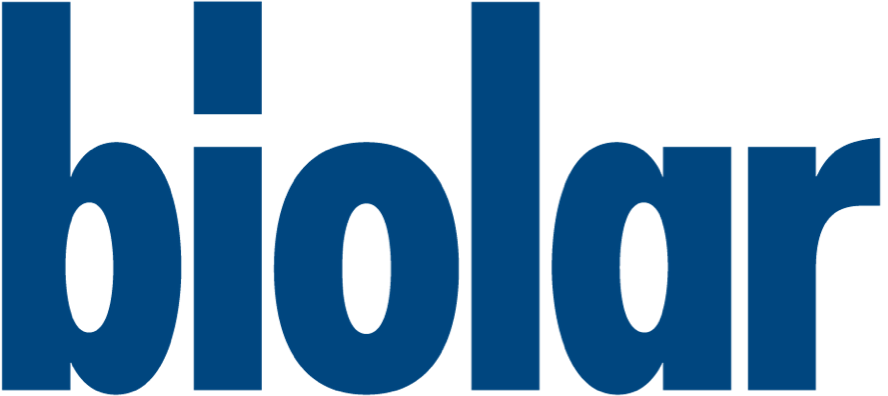2,2’-Azobisisobutyronitrile (AIBN)

CAS No.: 78-67-1
EC No.: 201-132-3
EC / List name: 2,2’-dimethyl-2,2’-azodipropiononitrile
2,2’-azobisisobutyronitrile (AIBN) is the most well-known azo initiator, which is easy and safe to use as a catalyst for free radical polymerization in the operating temperature range of 45-90 ºC, which is the main criterion for controlling polymerization reactions (Initiator for (co)polymerization of styrene, vinyl chloride, vinylidene chloride , acrylonitrile, acrylates and methacrylates.).
2,2’- azobisisobutyronitrile (AIBN) have low molecular mass. And freedom from side reactions, it is more efficient and economical for controlled polymerizations at low concentrations.
The presence of additives does not affect its rate of decomposition into free radicals.
2,2’- azobisisobutyronitrile (AIBN) does not cause oxidative degradation and discoloration, generally associated with peroxides. This allows even transparent polymers to maintain their physical properties.
| Product name | Appearance | Assay, %, no less than | Specification |
| AIBN Powder | White powder | 98 | Powder material. Standart grade |
| AIBN Crystalline | White crystalline powder | 98,5 | Highly pure product. Don’t gathering dust. Dust free. |
| AIBN Granular | White granules | 98 | Granular material. Don’t gathering dust. Dust free. |
| AIBN Silicium | White powder | 98 | Particle size <200 µm. Product contains Si02 additive. |
| AIBN AluC | White powder | 98 | Particle size <100 µm. Product contains AluC additive. |
| Product name | Appearance | Assay, %, no less than | Specification |
| AIBN Paste 65M | Paste | 65 | AIBN Paste in Mineral oil. Particle size of AIBN <100 µm. |
| AIBN Paste 50S | Paste | 48 | AIBN Paste in Silicone oil. Particle size of AIBN <200 µm. |
| AIBN Paste 50W | Paste | 48 | AIBN Paste in Water. Particle size of AIBN <100 µm. |
2,2’- azobisisobutyronitrile (AIBN) is usualy used in polymerisation reactions to reduce the residual monomer content or to initiate or terminate the polymerisation process.
AIBN applications:
- In polymerization of monomers like vinyl chloride, vinyl acetate, ethylene, styrene, methyl methacrylate, etc.
- as chemical blowing agent for section rigid PVC foams when the processing temperature range is 100-120 ºC.
- as initiator in manufacture of nytron fibre.
- for initiating of process of chlorination of dichloroethane.
- in silicone foam and rubber foam applications
- in the manufacture of acrylic sheet, bangles, tubes, rods etc.
- as a low temperature blowing agent for making cellular plastics.
- in the manufacture of acrylic resins
- in water treatment
